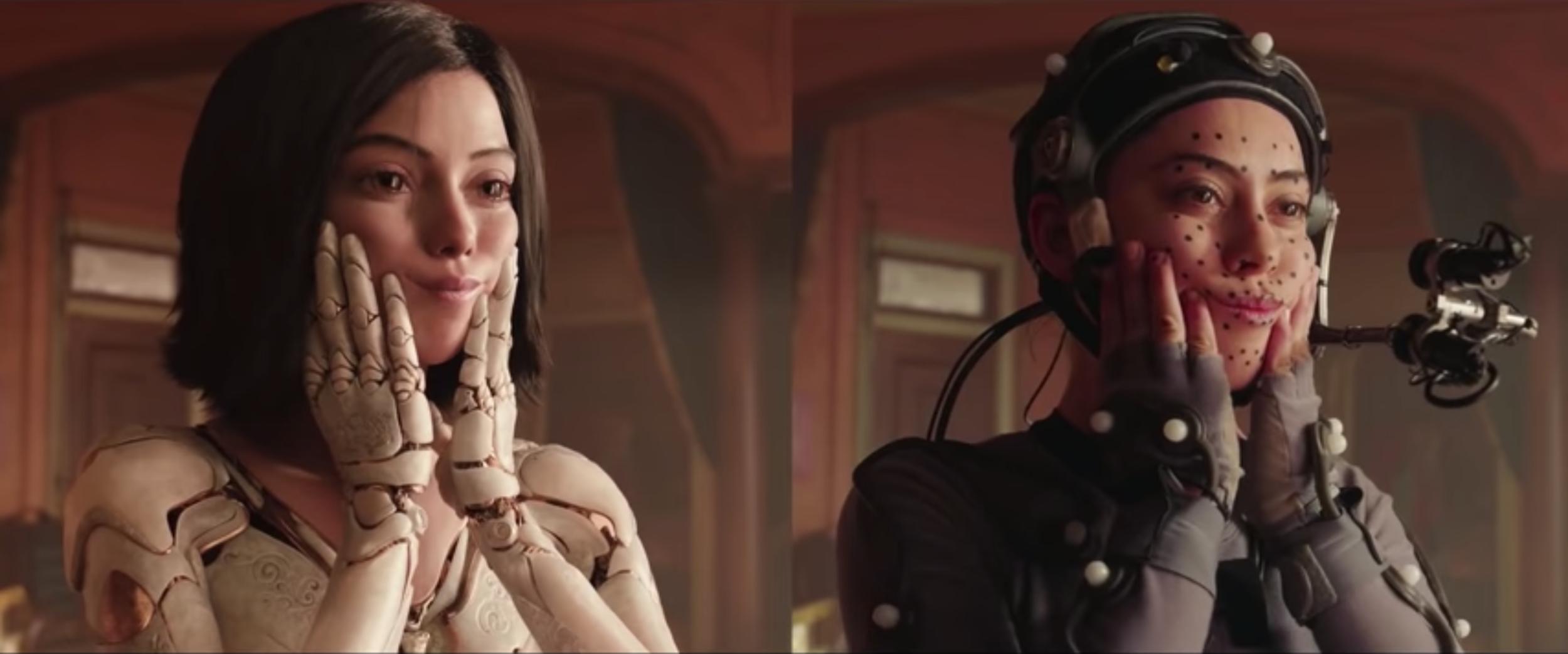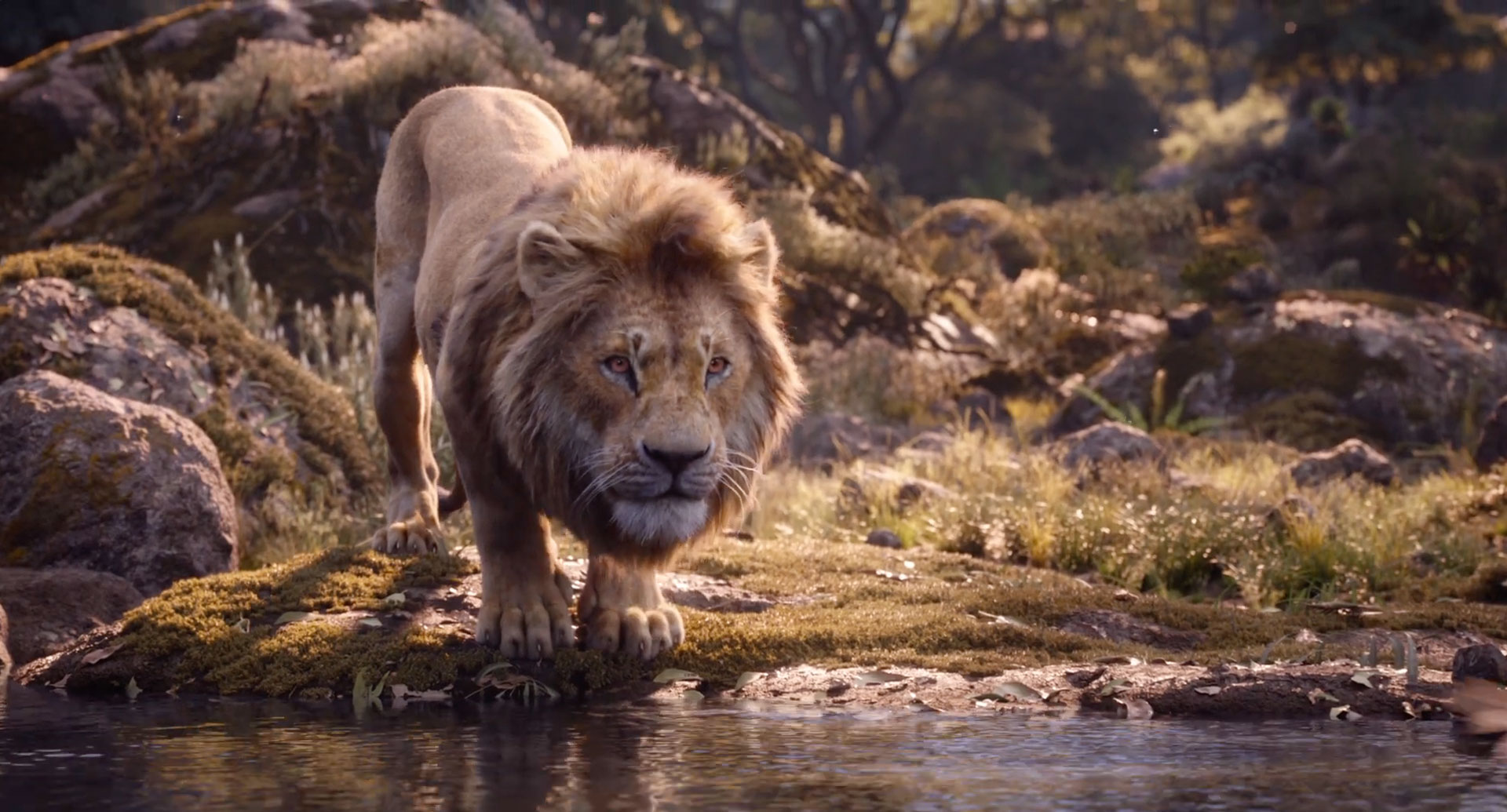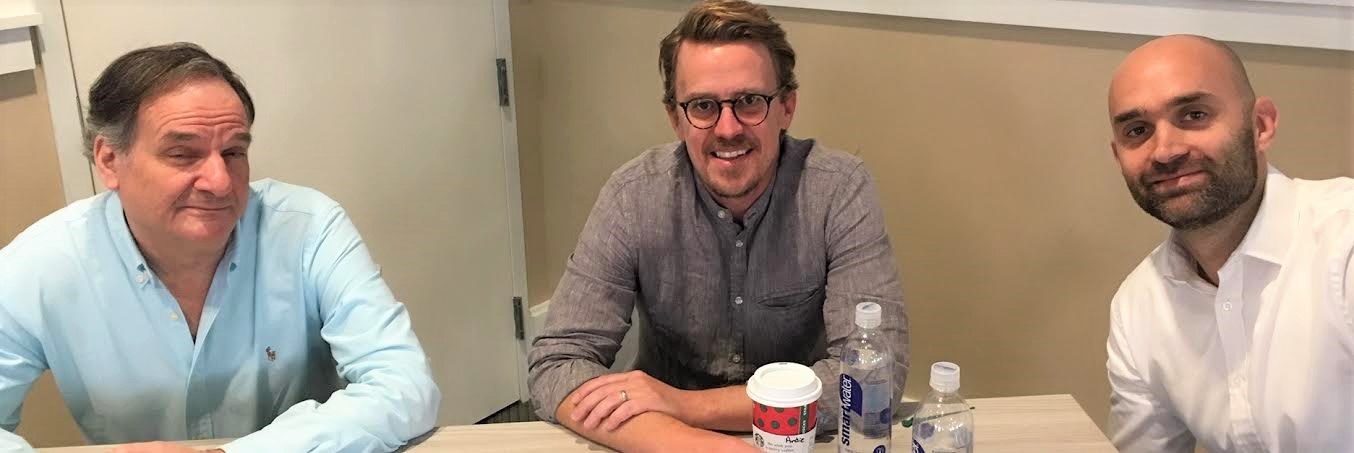Chatting with Disney's vfx contenders
 Thursday, January 9, 2020 at 3:00PM
Thursday, January 9, 2020 at 3:00PM When the Oscar shortlists were announced in nine different categories a few weeks ago, the remaining films up for Best Visual Effects were halved from twenty to ten. It turns out that five of those films left are Disney productions, and so we had the chance to sit down with the team from each to learn a bit more about what went into creating everything you see on screen.
 Team Endgame
Team Endgame
Avengers: Endgame
Each member of this specific team was beyond excited to have worked on the epic blockbuster conclusion, which, to each of them, was a scope that they had never experienced before. They code-named their work “Mary Lou,” after the famous gymnast, to reference a need to “stick the landing”...
They joked about other Marvel projects being simpler because they feature one or two major characters rather than forty-seven, and referenced an ambitious ditched concept for enhancing the already-packed big battle sequence that they described as the “turducken” of visual effects. Enthusiasm from Marvel Studios president Kevin Feige and directors Anthony and Joe Russo was strong but discerning, encouraging some of their ideas and dismissing others. A big part of their process early on was spending time with Josh Brolin and Mark Ruffalo on tests to shape their CG characters Thanos and Smart Hulk, respectively. Grounding scenes in reality was important despite the interstellar nature of the film. Post-production was easier due to the availability of CG characters that they could feed previously-unfilmed lines to rather than bringing in actors in to shoot new scenes. Contrary to the actors, who've often said they couldn't see the script, the visual fx team had the whole script well ahead of time so that they could craft the larger story and bring it all to life to satisfy sky-high fan expectations.

 Team Battle Angel
Team Battle Angel
Alita: Battle Angel
The look of the main character and producer James Cameron’s insistence that she be fully CGI were key to this film’s success. The project began well over a decade ago when it was going to get made before Cameron did Avatar. The team stressed that Alita's manga origins made her CG character a no-brainer and a challenge. The actress Rosa Salazar was completely tied in to the interpretation and physicality of the character. The visual effects team wanted to keep the life in it, specifically the intangible spark that exists in the “microexpressions and facial idiosyncrasies” of Salazar’s cornerstone performance. For a protagonist who is presented on screen fully with special effects, but acted with movement and personality, they referenced Andy Serkis as Gollum as the blueprint for this blend of acting and technology today. The Alita team didn't feel they were in a vendor-client relationship but that it was truly collaborative and the movie was shaped by what this team could do and change as the scene might demand.
 Team Captain Marvel
Team Captain Marvel
Captain Marvel
Bringing a female superhero to the big screen superbly was key for this team. They had a specific determination to ground her in the 90s and make sure that she felt legitimately powerful rather than just a pretty face. Being comic book fans before working on this project wasn’t crucial, but some of the team has been with the MCU for awhile. This wasn’t a fully CG experience, like some of their competitor films, but grittier and messier. Filming in Los Angeles made for unpredictable weather that presented its own set of challenges, particularly that extended train sequence that was filmed over the course of several weeks and many different skies. In a year filled with de-aged characters, making Samuel L. Jackson’s Nick Fury seem much younger was an adventure, one that ultimately resulted in the a 69-year-old man's physicality being reformatted as the hunch of a young fan favorite who has bad posture from constantly being stuck behind a desk at the very start of his career.

 Team Simba
Team Simba
The Lion King
This film owes its existence to the success of The Jungle Book (2016), and the approach here was similar. Creating the animals using effects rather than actual animals that wouldn’t have followed directions and given a performance was both reassuring and a challenge. The increasing popularity of live-action productions populated with computer-created characters has raised the bar -- looking real is no longer enough and instead looking really good is now the gold standard. The team took a trip to Kenya to conceive how to build a set that felt authentic, despite the fact that they knew this wasn't supposed to be a specific place that exists in the real world. The limitations of this kind of filmmaking meant that not everything from the 1994 original would be possible, so goals were kept realistic. They found the musical numbers especially daunting, but one thing that helped was having voice actors like Billy Eichner and Seth Rogen run around and improvise a scene that they could then adapt visually without directly retracing their movements or having them mimic their characters. Achieving quality animal movements was a point of pride since those should become invisible if they're successfully accomplished.

 Team Skywalker
Team Skywalker
Star Wars: The Rise of Skywalker
There was no shortage of pressure on this visual effects team, but the experience some of them brought from working on previous films, including Revenge of the Sith, was helpful, as was the influence of J.J. Abrams. They felt it was crucial to make this extraordinary universe look as real as possible, even though the world is supposed to be fantastical. Presenting a speeder in the desert meant recreating a desert with effects, but it still necessitated a trip to the actual desert to study it. Basing the space horses on real horses helped to achieve some of this reality. One definite challenge was Rey and Kylo's battle surrounded by waves but they were excited to tackle it. The most prominent hurdle was keeping General Leia as a believable character after Carrie Fisher’s passing. She's seen multiple times using just her live-action face. Everything else – including new hair and new costumes – was completely digital. It wasn’t just about the characters, but rather a collaboration between the effects team and Abrams on what could realistically be achieved to shape the story. Working on a franchise that represents a huge piece of visual effects history was also a great opportunity to pay homage to what was done on the original groundbreaking trilogy with newer technology.
Which of these teams are you rooting for? Their competitors for the nominations are Cats, The Irishman, 1917, Gemini Man, and Terminator Dark Fate.



Reader Comments (4)
I haven't seen 1917 yet, but it seems like the clear front-runner here.
I hope it's not "The Lion King"
Cats better not be fucking nominated.
I feel like we need a "caption this’ for the image of the men in the unfortunate green screen outfits precariously balancing an actress/warrior on a lawnmower/war machine.